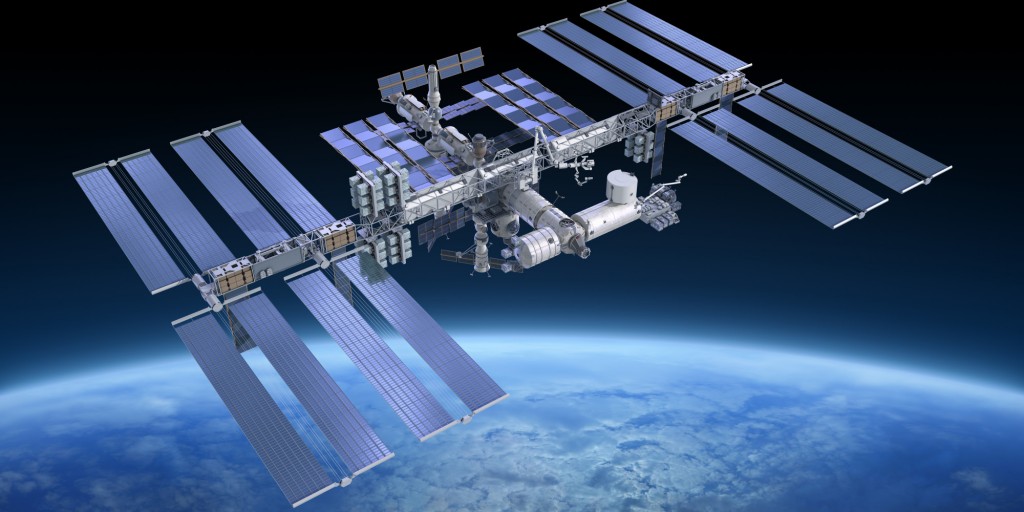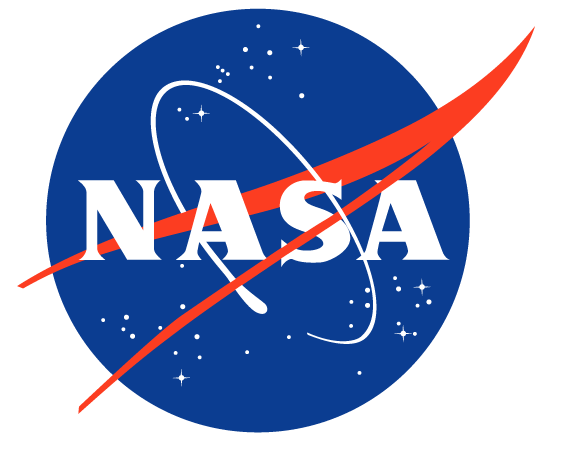After the first attempt to inflate an add-on room ran into problems, due to too much friction, on Saturday, Nasa again tried to inflate an add-on room at the International Space Station. At about 9.00 am the labors to inflate the flexible habitat, known as the Bigelow Expandable Activity Module commonly known as Beam started.

Early in the morning on Saturday, Space scientists who were monitoring the expansion at mission control in Houston, at Texas were very optimistic that this time they were going to be successful. Their optimism increased when they saw images on Nasa television showing the module slowly expanding after receiving three initial bursts of air. Daniel Huot, a Nasa spokesman said that Beam is continuing to slowly expand. Everything is going smoothly so far this morning, seeing good expansion both along the length and the diameter of BEAM. The pressure is well within what was expected.

Nasa is testing those expandable habitats which astronauts might use on the Moon or Mars in thefuture years. Nasa astronaut Jeff Williams led the operations to expand the module. Earlier on Thursday an attempt was made but it was not successful. Nasa said that space station astronauts will enter the habitat through the station’s Tranquility module only after conducting a series of leak checks and other preparations. The US space agency said that in order to retrieve the sensor data and assess conditions inside the unit, astronauts will have to reenter the module several times a year, till the end of the two-year technology demonstration.As part of an $18 million contract with Nasa, Bigelow, who was the first to developed the first-of-its-kind of habitat said that he was in support of the decision of pausing the expansion. Initially the plan was that in the next two years the astronauts would go inside a number of times to take readings from sensors inside the pod and also to test how nicely it will protect against space radiation.


